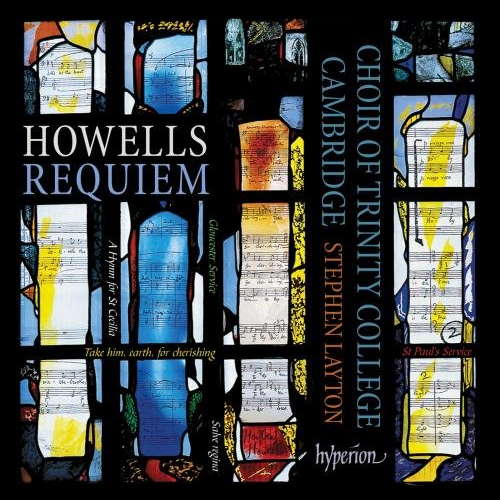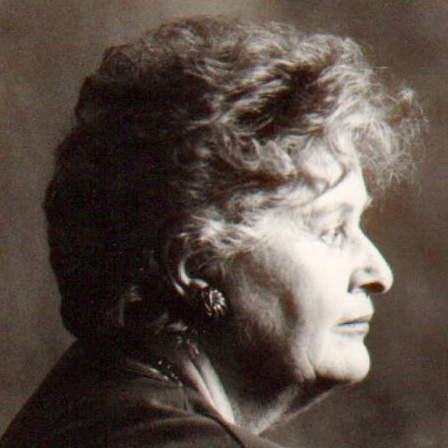 SPONSORED: CD Spotlight. Beautifully Apt - Choral music by Herbert Howells, heard by Robert Anderson.
SPONSORED: CD Spotlight. Beautifully Apt - Choral music by Herbert Howells, heard by Robert Anderson.
All sponsored features >>
 DISCUSSION: What is a work? John Dante Prevedini leads a discussion about The performing artist as co-creator, including contributions from Halida Dinova, Yekaterina Lebedeva, Béla Hartmann, David Arditti and Stephen Francis Vasta.
DISCUSSION: What is a work? John Dante Prevedini leads a discussion about The performing artist as co-creator, including contributions from Halida Dinova, Yekaterina Lebedeva, Béla Hartmann, David Arditti and Stephen Francis Vasta.
 SPONSORED: An Integral Part - Lindsey Wallis looks forward to the Canadian Music Centre's tribute concert to composer Roberta Stephen.
SPONSORED: An Integral Part - Lindsey Wallis looks forward to the Canadian Music Centre's tribute concert to composer Roberta Stephen.
All sponsored features >>
Josef Matthias Hauer
Austrian composer and theorist Josef Matthias Hauer was born in Wiener Neustadt on 19 March 1883. His amateur musician father taught him much about music, and he learned to play the zither. He studied cello, choral conducting and organ, and published his first music theory work in 1918 ... a tone colour theory based on Wolfgang von Goethe's Theory of Colours. The following year his published 'law of the twelve tones' required that all twelve chromatic notes sound before any is repeated, pre-dating any of Schoenberg and his colleagues' writing on twelve-tone technique.
Hauer was a prolific writer of words and music, but in 1938 his music was declared 'degenerate' by the Nazis and, unlike several other composers, he remained in Austria but stopped publishing his music. When the war ended, he still published little, but it's thought that several hundred pieces exist in manuscript.
He used a wide-ranging set of compositional techniques, including hexachords, tropes, twelve-tone and aleatoric techniques. He was something of a mystic and was also widely misunderstood.
Josef Matthias Hauer died in Vienna on 22 September 1959, aged seventy-six.

